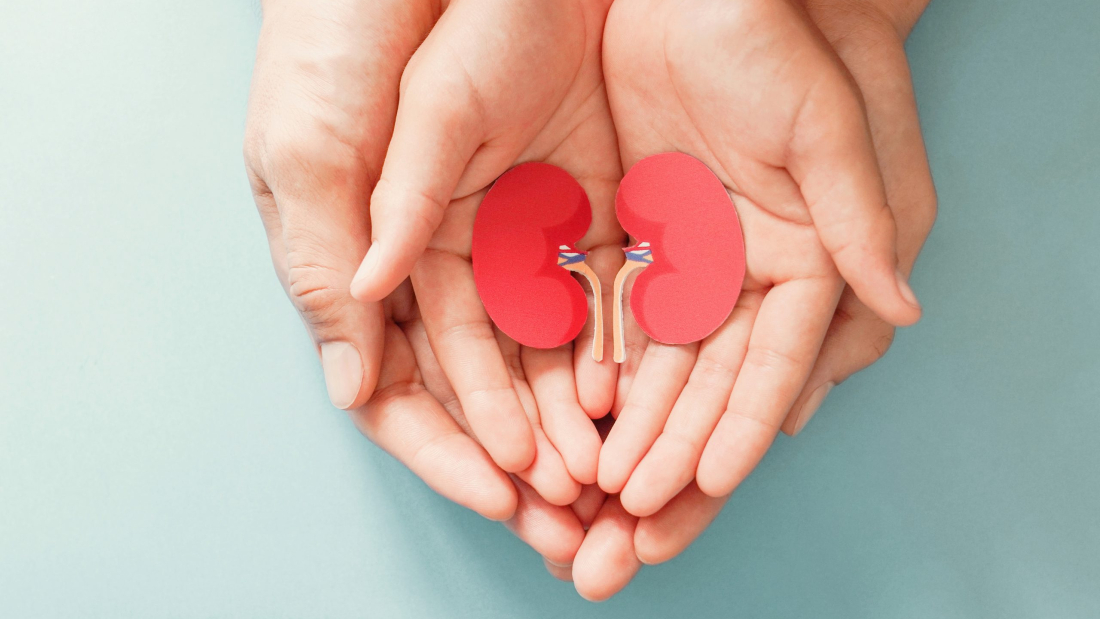Results of a small Johns Hopkins Children’s Center study show that hospitalized children given high-dose IV infusions of the antibiotic vancomycin to treat drug-resistant bacterial infections face an increased risk for kidney damage — an often reversible but sometimes serious complication.
The findings, published in the journal Annals of Pharmacotherapy, highlight the importance of prescribing the medication cautiously, the investigators say, and also underscore the need for newer, safer drugs to treat resistant infections.
“Our results bear out the difficult balancing act between ensuring the dose is high enough to successfully treat these serious and, at times, life-threatening infections against the small but real risk for kidney damage,” said study senior investigator Carlton Lee, Pharm.D., M.P.H., a pediatric clinical pharmacist and associate professor of pediatrics at the Johns Hopkins Children’s Center. “Ultimately, what we really need are new drugs that achieve the same therapeutic effect without taking a toll on the kidneys and other organs.”
Vancomycin, the researchers note, is a drug reserved for the treatment of bacterial infections that don’t respond to other medications, and it has been used safely for decades. But the spread of drug-resistant bacteria, such as MRSA, or methicillin-resistant Staphylococcus aureus, prompted new dosing guidelines in 2009, calling for treatment with higher doses of the drug when a resistant infection is suspected. While the new high-dose guidelines were written with adult patients in mind, many pediatric hospitals have applied the high-dose approach to the treatment of children to ensure the drug reaches high enough levels in the blood to successfully knock out the resistant germs and stave off the serious complications associated with such pernicious bacteria. The researchers also emphasize that this 30-year-old antibiotic can be a lifesaver for many patients with serious bacterial disease and that kidney damage is generally reversible when treatment stops.
The Johns Hopkins study, based on analysis of patient records of 175 children treated with vancomycin at Johns Hopkins between 2009 and 2010, found that 14% developed kidney damage.
Tellingly, Lee said, the higher the dose, the greater the risk, with each 5 milligrams per kilogram increase boosting the risk of kidney failure by 16%. In other words, a 20 kilogram (44-pound) child receiving 1,600 milligrams of vancomycin per day has a 16% higher risk for kidney damage than a child of the same age and weight receiving 1,200 milligrams of the drug daily. Other factors driving risk included prolonged therapy — each additional day of treatment increased risk by 11% — and simultaneous use of other drugs that can tax the kidneys, the researchers found. Children who received more than one such medication showed five times higher risk for kidney damage. The average length of treatment with vancomycin was eight days among children who suffered kidney injury, compared with four days among those who didn’t. The average daily dose among children who developed kidney damage was 10 milligrams per kilogram higher than the average daily dose among kids who didn’t develop kidney damage.
The researchers note that each child receiving vancomycin had periodic blood tests to measure kidney filtration rate — a test of how well the kidneys function and how quickly they can filter the blood. Children receiving the drug were being treated for invasive, serious infections of the skin, bone, heart, lung and brain; or bloodstream infections caused by MRSA.
Despite the small number of patients involved in the study, the researchers say they believe their results apply to patients at pediatric hospitals nationwide, highlighting the urgent need to develop newer, safer therapies for drug-resistant bacterial infections in children, something the Johns Hopkins Children’s Center is actively pursuing in several clinical trials.
“The results of our study highlight the need for trials that provide pediatric experts with the evidence needed to make informed treatment and dosing decisions, ones that are based on solid data in children rather than on extrapolation from adult patients,” said study lead author Elizabeth Sinclair, Pharm.D., a pediatric clinical pharmacy specialist at Texas Children’s Hospital who conducted the research while training at Johns Hopkins.
The researchers say treatment calls for high-dose intravenous vancomycin should be made after factoring in a child’s overall health and the use of any other medications. In any case, they say, vancomycin therapy should include careful and frequent monitoring of kidney function in those receiving high doses.
Source: Johns Hopkins
Date: December 22, 2014
SUBSCRIBE TO OUR BLOG IN THE RIGHT SIDEBAR MENU TO RECEIVE OUR DAILY BLOG POST DIRECTLY TO YOUR E-MAIL
SUBSCRIBE TO OUR NEWSLETTER TO RECEIVE A MONTHLY MAIL WITH MORE RELEVANT INDUSTRY AND COMPANY NEWS


Add a Comment